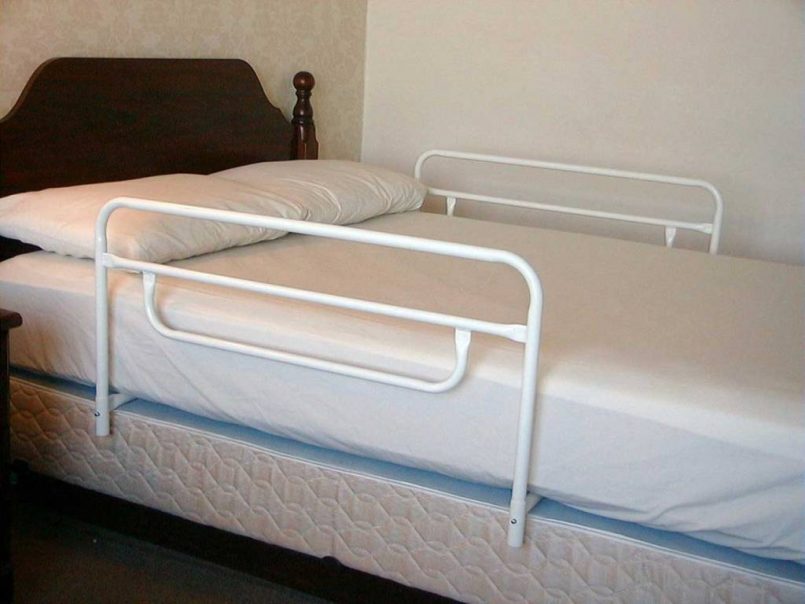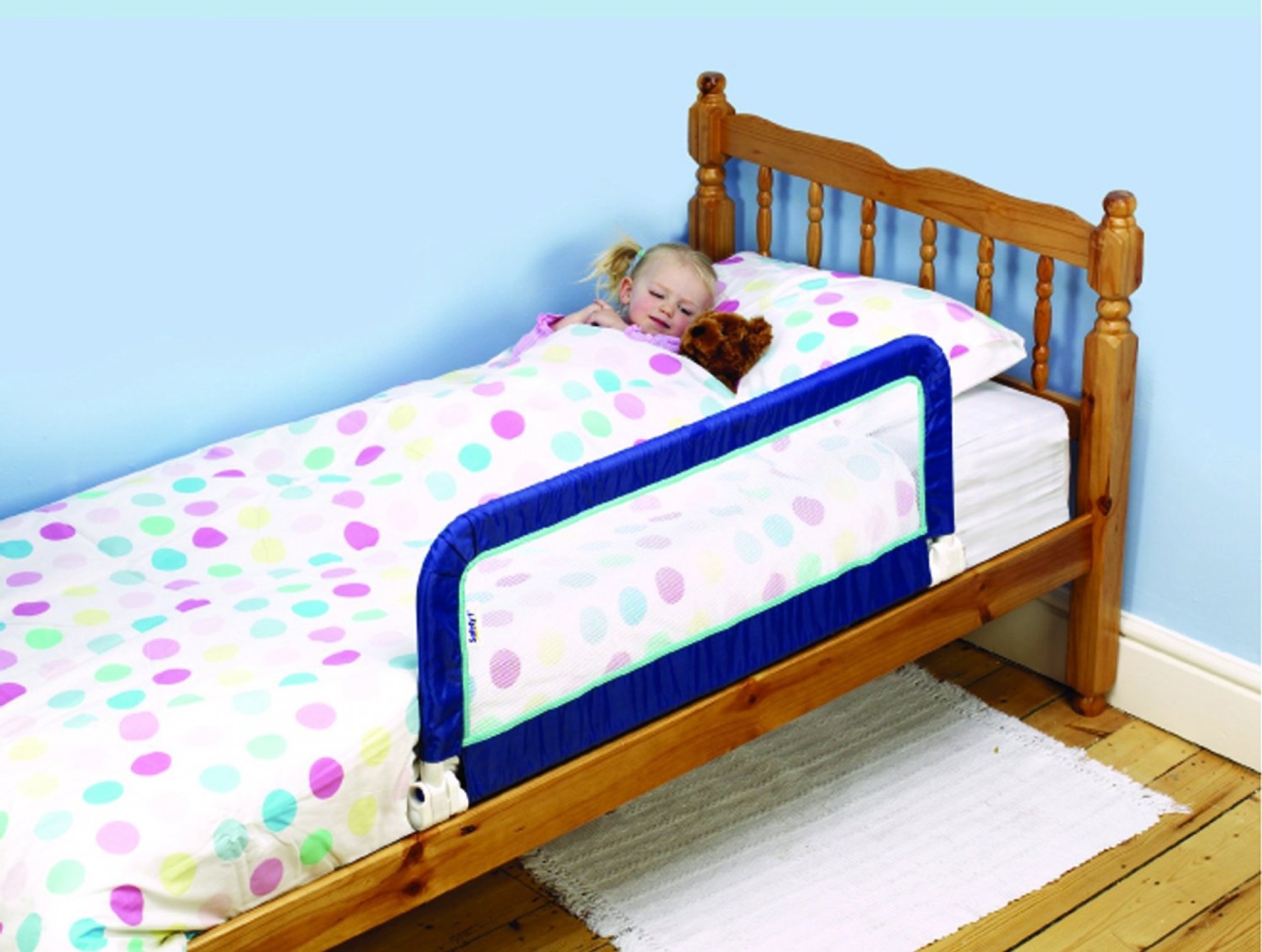
Non-toxic, including no heavy metals or lead, BPA & phthalates free, the BuBumper toddler rail is one you can confidently trust. Our bed rail surpasses the industry standard for performance and endurance. Safety always comes first, and that's our priority.Easy to climb over and even sit on, they make bedtime a cozy time for mommy and child alike! Toilet training? We've got you covered with a water-resistant, washable cover. MOMMY & BABY FRIENDLY! Down with clunky, bulky bed guards, this bed rail is everything the metal kind isn't! Soft, unobtrusive and subtle, they slide right under the sheet and protect your active sleeper from nightly falls.Designed to fit Twin, Full, Queen & Kind Size Beds! 100% non-skid, this kid's bed rail isn't going anywhere. With the child fully closed in, there's no chance he'll move around and accidentally fall off.
#Guard rails beds full#
FULL LENGTH FOAM BEDRAIL! First of its kind, enjoy the added protection and safety the extra-long bed bumper offers.This will help to make sure that people are safe and secure.

Look at the questions in the MHRA guidance on the Safe use of bed rails. Bed rail extenders may need to be used to achieve this.Ī full risk assessment should be carried out before staff decide to use bed rails. Staff should check that the bed rail is the right height for the mattress (for example, when using an overlay mattress) to make sure it protects people from falls. There have been other serious incidents involving bed rails reported to the Medicines and Healthcare Products Regulatory Agency (MHRA). Unfortunately, this sort of incident is not uncommon, but you can do something to reduce the risk. Therefore, the inspectors rated the ‘safe’ question as good. These measures helped demonstrate that the provider had carried out sufficient improvements.
#Guard rails beds how to#
care workers understood how to use bed rails to make sure people were safe.equipment was assessed for safety and recorded.care plans contained consent forms for the use of bed rails, and these were signed by a family member where someone was unable to do this themselves.people's care plans had individual bed rail risk assessments.The service was rated as inadequate against the question, ‘Is the service safe?’.Īt a follow-up inspection in March 2016, inspectors found that: This was a breach of Regulation 12(1) and 12(2) as care and treatment were not provided in a safe way. This suggested that the provider had not taken sufficient action to deal with risks or to keep people safe. When CQC inspectors visited the care home in November 2015, they found concerns around the use of bed rails used by all 10 people they checked. But the provider had not authorised the work until after the resident’s accident. He died in hospital.Ī safety consultant had previously identified that 14 beds needed bed rail extensions to prevent the occupants falling out of bed. Within four weeks of being discharged, he fell out of bed and re-fractured his hip.

There followed four incidents where the man became trapped in a bed rail, or attempted to climb over it. The first offence concerned a 98-year-old man who fractured his hip during a fall at the home in August 2015 but was discharged to the home after treatment in hospital. a second offence resulting in people using this service being exposed to a significant risk of avoidable harm.one offence resulting in avoidable harm to a resident.The provider pleaded guilty to two offences of failing to provide safe care and treatment, with:

In April 2017, CQC successfully prosecuted a nursing home provider. The unsafe use of bed rails can result in serious or fatal injuries.īed rails are used a lot in health and social care services to prevent people falling from their beds and being injured.

Each one briefly describes a critical issue - what happened, what CQC and the provider have done about it, and the steps you can take to avoid it happening in your service. When something goes wrong in health and social care, the people affected and staff often say, "I don’t want this to happen to anyone else." These 'Learning from safety incidents' resources are designed to do just that.


 0 kommentar(er)
0 kommentar(er)
